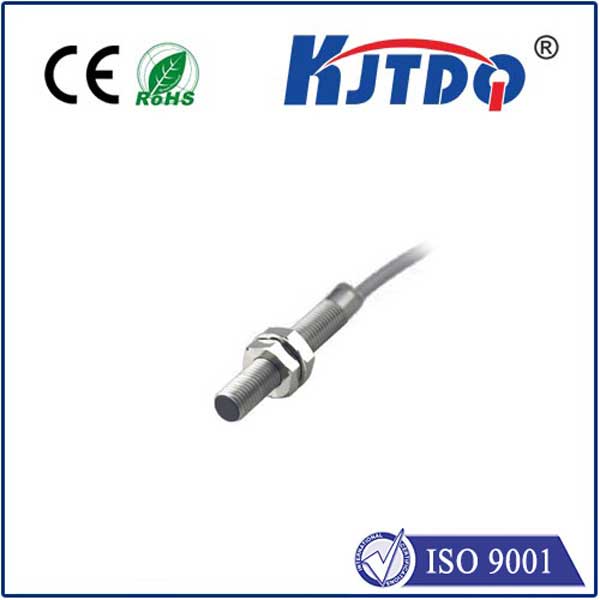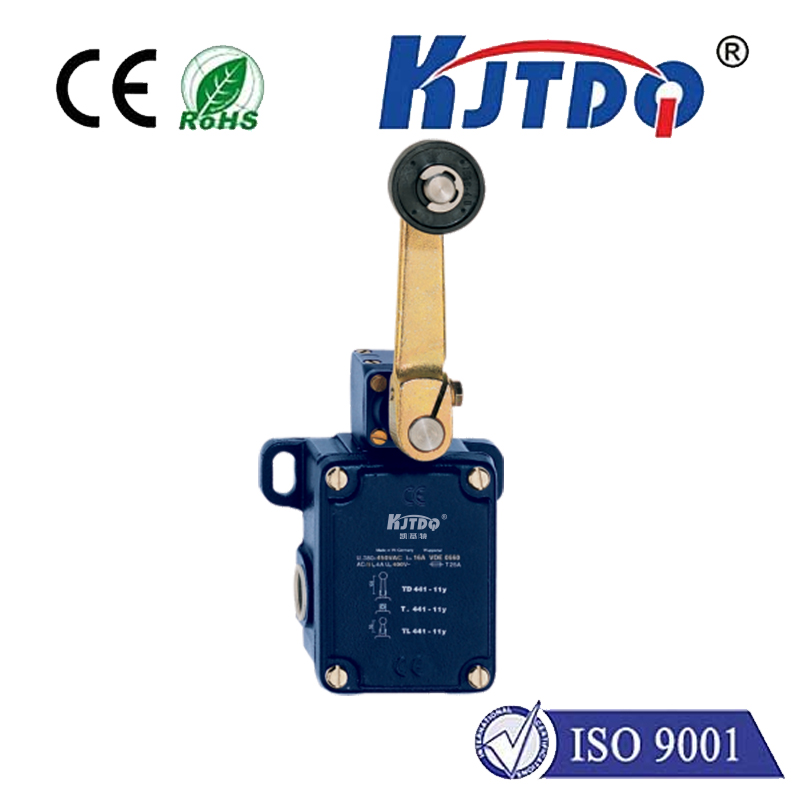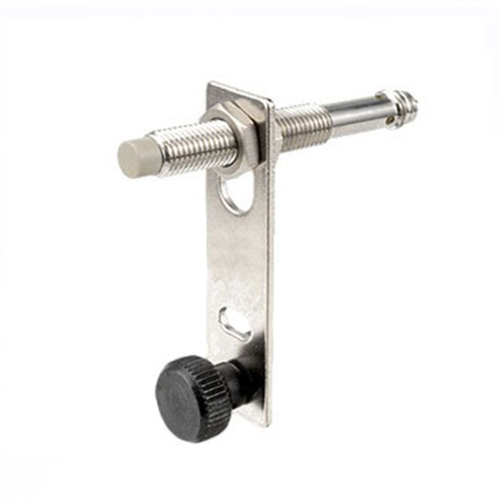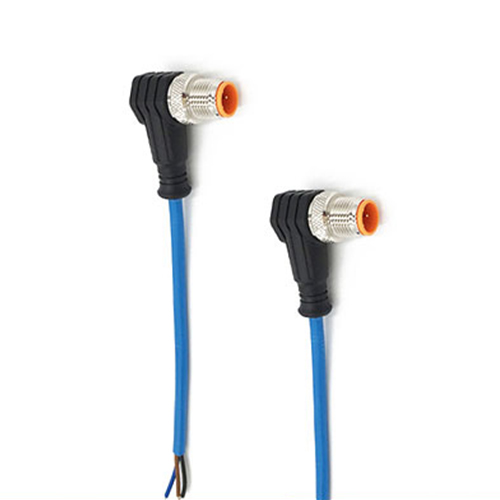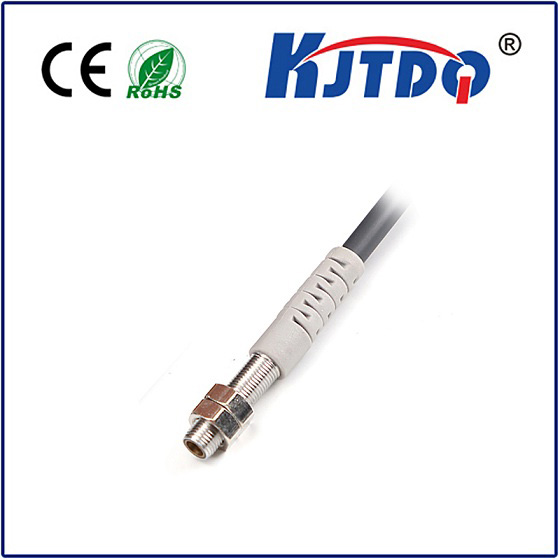proximity photoelectric sensor
- time:2025-09-08 00:00:07
- Нажмите:0
The Invisible Guardians: How Proximity Photoelectric Sensors Revolutionize Automation
Imagine a manufacturing line humming with activity, intricate robotic arms dancing with precision, or packages zipping down a conveyor belt at breakneck speed. Amidst this orchestrated chaos, countless decisions happen in milliseconds: Is the object present? Is it correctly positioned? Has the bottle been filled? Making these critical judgments reliably, without physical touch and often in challenging environments, is the domain of the proximity photoelectric sensor. These unsung heroes of industrial automation operate silently, using beams of light to detect objects, ensuring processes run smoothly, safely, and efficiently. Understanding their operation and diverse capabilities reveals why they are fundamental components in modern automated systems.
The Core Principle: Light as the Detector
At its heart, a proximity photoelectric sensor functions on a beautifully simple concept: it uses light to determine the presence or absence of an object within a specific range. It consists of three essential parts:

- Emitter: Typically an LED (Light Emitting Diode), usually infrared for immunity to ambient light, but sometimes red visible light, laser, or other spectra depending on the application. This generates the detection beam.
- Receiver: Usually a phototransistor or photodiode, designed to detect the specific wavelength of light emitted by the emitter.
- Circuitry: This processes the receiver’s signal. The fundamental action depends on whether the receiver sees the emitted light beam or not.
The Three Primary Flavors of Proximity Photoelectric Sensing
The effectiveness and application suitability depend heavily on how the emitter and receiver are configured relative to the target and each other:
- Through-Beam (Opposed Mode):
- Setup: Emitter and receiver are separate units, facing each other.
- Operation: The emitter sends a constant beam directly to the receiver. An object passing between them interrupts the beam.
- Detection Logic: Object Present = Beam Broken (Receiver sees no light).
- Key Strengths: Longest sensing ranges (often meters), highest immunity to surface finish, color, or reflectivity of the target. Most reliable for critical applications.
- Consideration: Requires precise alignment and wiring for two separate units.
- Retroreflective:
- Setup: Emitter and receiver are housed together in one unit. A special retroreflector (corner-cube prism or tape) is placed opposite the sensor.
- Operation: The emitter sends a beam towards the reflector. The reflector bounces the beam straight back to the receiver. An object passing between the sensor and reflector interrupts this return beam.
- Detection Logic: Object Present = Return Beam Broken.
- Key Strengths: Easier installation than through-beam (only one wire run), good sensing range, generally unaffected by target characteristics (it’s merely blocking the beam).
- Consideration: Performance can be reduced by dirty or misaligned reflectors. Shiny objects near the beam path might cause false triggers.
- Diffuse (Proximity Mode):
- Setup: Emitter and receiver are housed together in one unit. There is no separate reflector.
- Operation: The emitter sends light towards the target. The target diffusely reflects some of this light back towards the receiver unit itself. The sensor detects this reflected light.
- Detection Logic: Object Present = Reflected Light Detected.
- Key Strengths: Simplest installation (only one unit, no reflector needed), ideal for detecting objects directly in front of the sensor.
- Consideration: Sensing range is shortest and highly dependent on the target’s size, color, reflectivity, and surface texture. Dark, matte, or small objects reflect less light, reducing range. Background objects can sometimes cause false readings.
Why Choose Photoelectric Proximity Sensors? The Compelling Advantages
The widespread adoption of these sensors stems from a powerful set of benefits they offer over other sensing technologies like mechanical limit switches or capacitive/inductive proximity sensors:
- True Non-Contact Sensing: Objects are detected without physical touch. This eliminates wear and tear on both the sensor and the target, ensuring exceptional longevity and preventing damage to delicate objects.
- High Speed & Precision: Light travels fast! These sensors offer rapid response times (often microseconds), enabling detection of objects moving at very high speeds or requiring precise timing control.
- Versatile Detection Capabilities: Unlike inductive sensors (metal only) or capacitive sensors (material dependent), photoelectric sensors can detect virtually any solid object, regardless of its material composition – plastic, cardboard, glass, wood, metal, etc. – as long as it interacts with the light beam effectively.
- Extended Sensing Ranges: Particularly with through-beam and retroreflective types, photoelectric sensors can detect objects at distances far greater than other non-contact proximity sensors – from millimeters to tens of meters.
- Environmental Resilience: Modern sensors feature designs resistant to dust, water (IP67/IP69K ratings common), Вибрация, and a wide range of ambient temperature fluctuations, making them suitable for harsh industrial environments.
- Flexibility: Different operating modes (through-beam, retro-reflective, diffuse) and specialized variants (e.g., background suppression, color sensors, luminescence sensors) provide solutions for an incredibly diverse range of complex detection tasks.
Where the Light Guides Automation: Key Applications
The versatility of proximity photoelectric sensors means they are ubiquitous across almost every industry involving automation or material handling:
- Modern Manufacturing: Counting parts on high-speed lines, verifying component presence before assembly, detecting filled bottles/cans on filling lines, controlling robotic arm paths (presence sensing), monitoring object position (position sensing), and product sorting.
- Logistics & Warehousing: Detecting packages on conveyor belts (conveyor belt monitoring), triggering barcode/RFID scanners, controlling sorting gates, verifying pallet stacking height, and ensuring safe automated guided vehicle (AGV) movement near obstacles.
- Автомобильная промышленность: Precise positioning verification during engine assembly, detecting window positions, confirming part placement in robotic welding cells, and safety guarding hazardous machinery (safety light curtains utilize photoelectric principles).
- Robotics: Providing crucial object detection for bin picking, preventing collisions (collision avoidance) via proximity zones, and confirming gripper successfully grasped an object.
- Food & Beverage: Ensuring cap presence on bottles, detecting fill levels in transparent containers (using through-beam), verifying label placement, and counting products on hygienic production lines.
- Building Automation: Detecting people or objects for automatic doors, monitoring occupancy in spaces, controlling lighting levels, and ensuring safety in elevators (door obstruction detection).
From ensuring the precise timing on a high-speed bottling line to preventing a robotic arm from crashing into an unexpected object, proximity photoelectric sensors are the invisible guardians of modern automation. Their ability to provide fast, reliable, non-contact detection across vast distances and diverse target materials underpins their critical role. By mastering the interplay of light – whether it’s the clean interruption of a through-beam, the reflected signal off a retroreflector, or the diffusion off a target surface itself – these sensors enable the precision, efficiency, and safety demanded by today’s increasingly sophisticated automated world. Their silent vigil is a cornerstone of industrial productivity and technological advancement.

